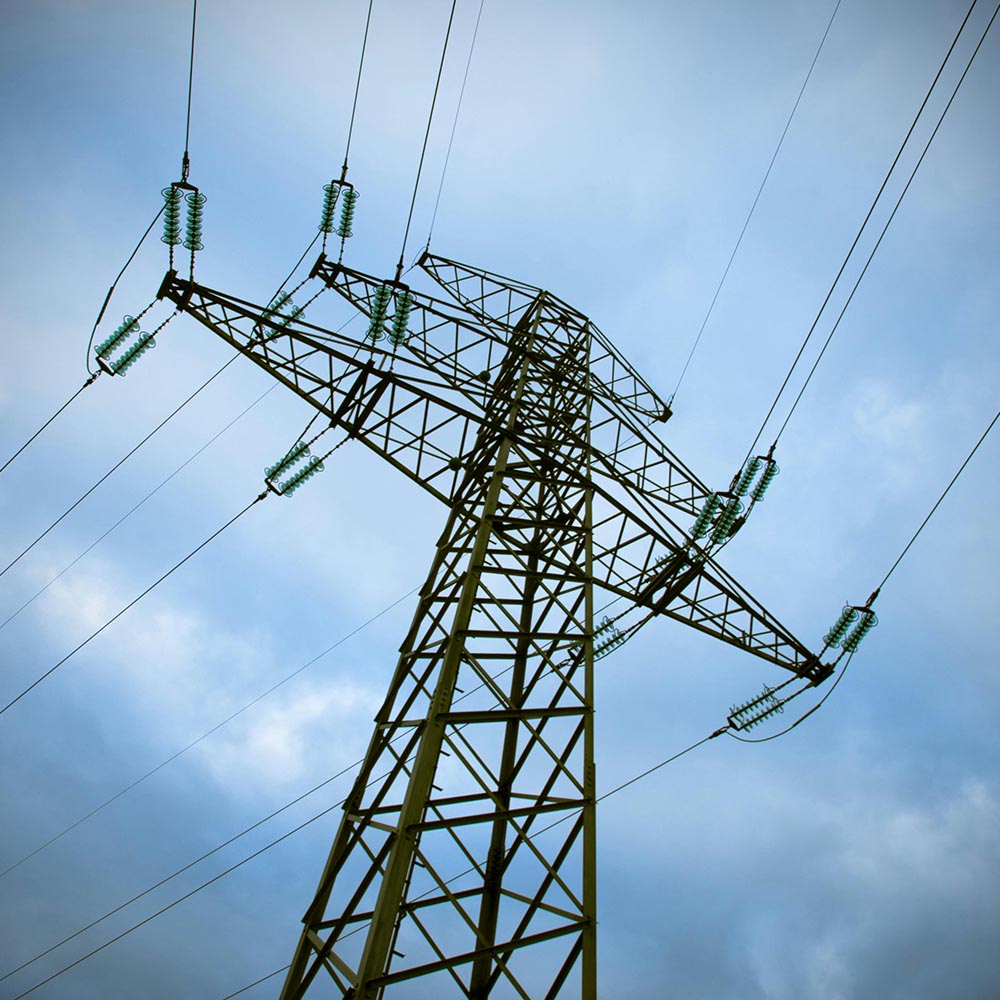Is Hurricane Season Approaching? Insightful Guide on Weather Patterns

Intro
As we approach the summer months, many Americans begin to think about hurricane season and its potential impacts. Understanding when hurricane season occurs in the U.S. and what factors contribute to the formation of these powerful storms is essential for preparedness and safety.
Understanding Hurricane Season in the U.S.
In the United States, hurricane season runs from June 1st through November 30th. This period sees an increased likelihood of hurricanes forming in the Atlantic Ocean and the Gulf of Mexico due to favorable conditions. Elevated ocean temperatures and conducive atmospheric setups drive the development of these complex weather systems. The interaction between warm ocean surfaces and overlying air fuels the storms, leading to hurricane formation. During these months, residents in vulnerable areas should stay vigilant, keeping an eye on weather forecasts and updates. Hurricane activity typically peaks in September, a month with the highest frequency of storms. Awareness of the seasonality of hurricanes is crucial for effective planning and response strategies to minimize damage and ensure community safety.
The Science Behind Hurricane Formation
Hurricanes form over warm ocean waters, typically above 26.5 degrees Celsius (80 degrees Fahrenheit). Warm, moist air above the ocean surface rises, decreasing atmospheric pressure. As this air rises, it cools and condenses into clouds and rain, releasing heat and perpetuating the cycle. This cycle can fuel the storm, with surrounding higher pressure air moving into the lower pressure area, warming up, and rising.
For a storm to become a hurricane, certain atmospheric conditions must be met, including the absence of high-level winds that can disrupt formation. As the cycle continues, a tropical depression can form. With sustained wind speeds, it can escalate to a tropical storm and, with enough energy, reach hurricane status. Understanding these dynamics helps predict hurricane development and trajectory, aiding in preparedness and response efforts.
The Impact of Climate Change on Hurricane Season
Climate change is reshaping hurricane seasons by altering sea surface temperatures and atmospheric patterns. These changes can lead to more intense and frequent hurricanes, as warmer ocean waters provide more energy. Additionally, changing atmospheric conditions may make hurricane paths more erratic and intensity harder to predict, posing challenges to preparedness and response strategies. Advancements in forecasting techniques are needed to anticipate these shifts better. As climate change progresses, meticulous research and adaptive response mechanisms are crucial to safeguard communities against the heightened threat of hurricanes.
Preparing for Hurricane Season
For those in hurricane-prone areas, readiness is imperative. Preparation involves more than monitoring the forecast; it requires a comprehensive strategy to safeguard both property and personal safety. Assembling an emergency kit is fundamental, including water, non-perishable food, medications, flashlights, batteries, and first aid supplies. This kit ensures sustenance and basic medical care during a power outage or when access to services is cut off.
Securing your home is also critical, such as reinforcing windows, doors, and roofs. Clearing gutters and drainage systems can prevent water damage by allowing rainwater to flow away from your property efficiently. Developing a clear evacuation plan is essential. Know the quickest and safest route out of your area and have a predetermined destination, like a friend’s or family member’s home outside the evacuation zone. Stay current with local news and follow advisories or orders from local authorities. Preparedness is an ongoing process that requires updating and revising plans as circumstances change. By taking proactive steps and following a structured plan, individuals can reduce the risks associated with hurricanes and enhance their resilience.
Looking Ahead: The Future of Predicting Hurricanes
Advancements in technology are improving our ability to predict and understand hurricanes. Innovations in satellite imagery, enhanced computer models, and a growing understanding of climate dynamics are refining our tracking capabilities. Improved accuracy in forecasting allows for more timely and effective preparation, potentially saving lives and reducing property damage.
The integration of artificial intelligence and machine learning into meteorology promises to further enhance predictive capabilities. These technologies can quickly and accurately analyze vast amounts of data, identifying patterns and predicting changes in hurricane behavior that might elude human researchers. Ensuring the latest tools and information are accessible to those at risk is essential. Efforts are underway to make advanced forecasting tools widely available, empowering individuals and communities to make informed decisions in the face of approaching storms. This democratization of data represents a pivotal shift towards empowering people with the knowledge needed to navigate hurricane season challenges.
